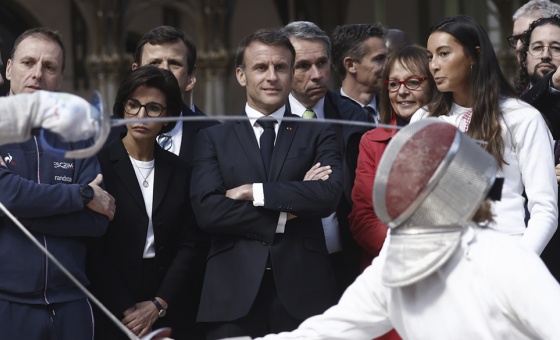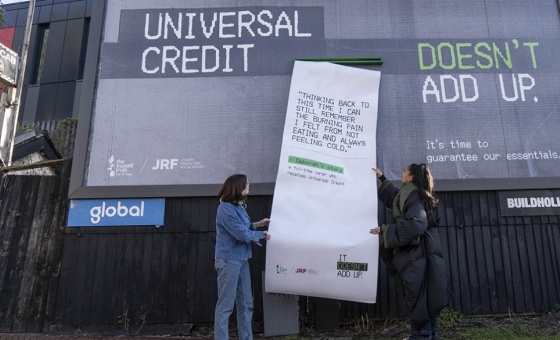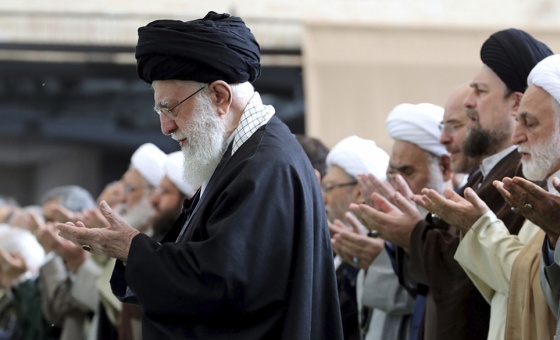This is the last article you can read this month
You can read more article this month
You can read more articles this month
Sorry your limit is up for this month
Reset on:
Please help support the Morning Star by subscribing here
INTELLECTUAL and fighter are not two words you normally see in the same sentence.
While fighters are of course keenly intelligent in their own way — combining as they do highly developed survival instincts and the spatial awareness necessary to avoid incoming punches and exploit opportunities to throw and land their own within split seconds — they are the last people the vast majority would ever associate with an appreciation of the arts or literature.
Famed US heavyweight Gene Tunney was unique, therefore, in that here was fighter who not only possessed in abundance the ring intelligence outlined above, he was also a man of letters who was known to carry in his gym bag along with his gloves and wraps the works of Shakespeare, George Bernard Shaw, F Scott Fitzgerald and other literary giants.
Born in 1898 in New York, Tunney started boxing as a teenager while working for a steamship company.
As soon as the US entered World War I in 1917, he joined the Marine Corps and shipped to France, where in 1919 he boxed in and won the light heavyweight title of the American Expeditionary Force (AEF) in Paris.
After the war he returned stateside and began his career as a prizefighter, initially at light heavyweight.
In 1922 he fought and defeated Battling Levinsky on points at Madison Square Garden to become light heavyweight world champion, only to lose the title in May of the same year to Harry Greb by unanimous decision, again at Madison Square Garden, in what would be the only defeat of his career.
Astonishing, though not for the period, was the sheer number of fights Tunney racked up in a given year. In 1920 he fought 13 times. In 1921 seven times, and in 1922 he again had 13 fights.
Gruelling does not come close to describing a schedule of this magnitude.
Tunney avenged his first and only professional loss to Harry Greb in March 1923, defeating him in a controversial unanimous decision that even New State Athletic Commissioner at the time, William Muldoon, thought was “unjustifiable.”
Harry Greb and Gene Tunney complemented one another stylistically, what with Greb being a front-footed brawler and Tunney a neat and elusive counterpuncher.
They fought twice more to complete a quartet — in December 1923, which ended in a draw, and then finally in March 1925 at heavyweight, with Tunney winning comfortably
Gene Tunney, however, is best know for his doubleheader against Jack Dempsey.
Dempsey was the most popular fighter in the US throughout the 1920s and transcended the sport to achieve the status of cultural icon.
A child of the Great Depression whose early life was the stuff of Steinbeck’s classic novel, The Grapes of Wrath, Dempsey dropped out of school at age 14 to go to work and help his struggling parents keep food on the table for a family that, including him, consisted of six kids.
At 16 he left home and began riding railway cars and sleeping in hobo camps. This period of extreme poverty catalysed his entree into fighting for a living.
He would regularly visit saloons where, according to the legend, he would proclaim: “I can’t sing and I can’t dance, but I can lick any SOB in the house.”
If any man took up his challenge bets would be made and Dempsey would receive his share of the winnings.
Dempsey v Tunney, then, brought together two men in a ring who couldn’t be more different. The former was a swarthy part-Cherokee son of poverty who fought as such, brutally bludgeoning his opponents into submission with little thought of defence.
Facing him across the ring stood a blonde Adonis in Tunney, a man who not only digested the works of George Bernard Shaw and F Scott Fitzgerald but by this point had also befriended them, someone who not only read Shakespeare but had lectured on his works to students at Yale.
In the ring, whereas Dempsey was rough and ready, Tunney was cultured and cautious.
As he himself explained: “As a West Side kid fooling around with boxing gloves, I had been, for some reason of temperament, more interested in dodging a blow than in striking one.
“In AEF boxing I had [emphasised] skill and [defence] — the more so as during this time I had hurt my hands. Previously I had been a hard hitter. Now, with damaged fists, I had more reason than ever to cultivate [defence].”
Their first fight took place on 23 September 1926 in front of 120,000 fans at the Sesquicentennial Stadium in Philadelphia.
From the opening bell Tunney used a long jab to keep Dempsey at bay while moving anti-clockwise to stay out of range of his hammer of a right hand.
Whenever Dempsey managed to get past his jab, Tunney tied him up. It was the perfect game plan that saw him win by unanimous decision.
The second meeting between them has gone down in boxing folklore as one of the most controversial fights in the annals of the sport.
Known as the The Long Count Fight, it was fought in front of a packed crowd at the iconic Soldiers’ Field in Chicago on September 22 1927.
The long count refers to the moment Dempsey floored Tunney in the seventh. Dempsey proceeded to stand over his opponent on the canvas, as was his signature fan-favourite habit after knocking down or knocking out opponents.
However a new rule had just come into force wherein the count of a knocked-down fighter couldn’t begin until the his opponent went over to a neutral corner.
The result was the count not starting until referee Dave Barry managed to get Dempsey to desist from standing over Tunney on the canvas and do precisely that.
The delay gave Tunney an extra four seconds to get back to his feet and recover, which he subsequently did before going on to win by his now customary unanimous decision.
Tunney: “I have often been asked — could I have got up and carried on as I did without those four extra seconds of the long count? I’m quite sure that I could have.
“When I regained consciousness after the brief period of blackout, I felt that I could have jumped up immediately and matched my legs against Jack’s, just as I did.”
Gene Tunney retired from the ring in 1928 and married Polly Lauder, heiress to the US Steel fortune through her grandfather George Lauder and her great-uncle, Andrew Carnegie.
Tunney himself entered the world of commerce and excelled as a capitalist as much as he had as a boxer, becoming a CEO of several businesses in the US and Canada. He lived to be 100, dying in 1978.
Truly a remarkable man and a remarkable life.











